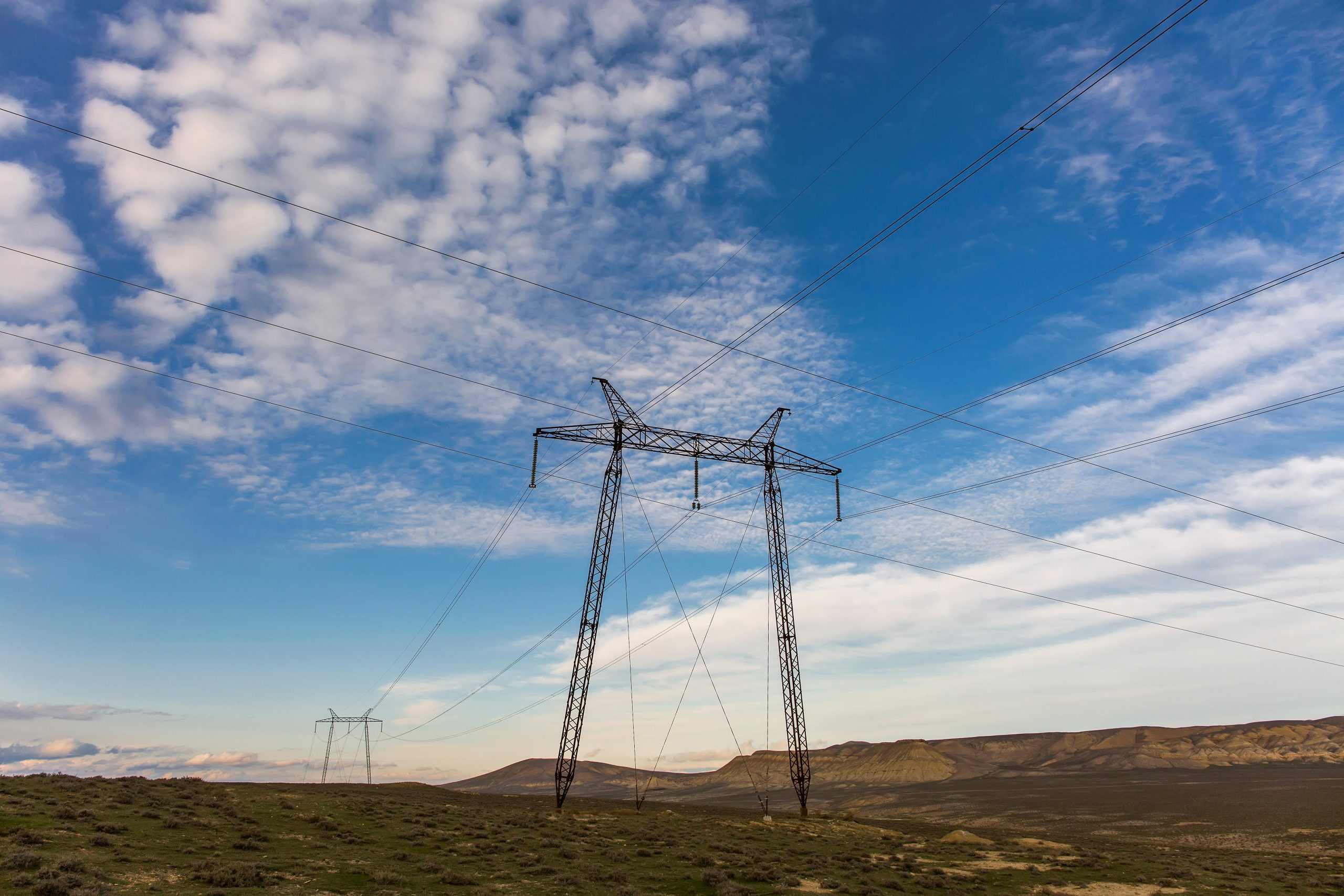Supporting materials
Methodology
Global CMM emissions
Ember compiled the CMM emissions reported by each country. Global CMM emissions were calculated by summing all reported emissions, using each country’s last reported year.
When comparing the additional climate impact CMM has to burning coal, carbon dioxide emissions from burning coal were estimated to be 15 billion tonnes in 2021.
Methodology for the Data Tracker: Coal Mine Methane Emissions
Comparison to independent estimates
The Global Energy Monitor (GEM) estimates methane emissions for individual mines across the globe using nuanced assumptions for coal extraction volumes, method, coal rank and depth. They use a bottom-up method, and estimate that active CMM emissions amounted to 57 million tonnes in 2022.
Shen et al. estimated national and global CMM emissions using top-down methodology. The study used 22 months (May 2018-Feb 2020) of satellite observations from the TROPOMI instrument to better quantify national fossil fuel emissions worldwide. This study finds that coal emissions are 32.7 +/- 5.2 million tonnes per year.
The International Energy Agency (IEA) estimates methane emissions using similar assumptions as GEM, with additional constraints provided by atmospheric inversions and satellite data. The IEA estimates that emissions from active CMM emissions amounted to 40.3 million tonnes in 2022.
Including methane emissions from abandoned and closed mines
Neither IEA, GEM, or Shen et al. include an estimation of methane emissions from abandoned or closed coal mines. Research by Kholod et al. estimates that abandoned and closed mines contribute to an additional 17% of methane emissions from coal mines in 2010. This is predicted to increase to 23% by 2050.
Using the 2010 AMM estimate (although it is likely to be slightly higher in 2023) Ember finds that the above studies estimate global emissions could be between 38 to 67 million tonnes per year.
Global Warming Potential
Global Warming Potential (GWP) is a measure to express the effects of GHGs in CO2 equivalent terms. Given that CH4 absorbs much more energy when in the atmosphere, but has a shorter lifetime than CO2, the IPCC considers its impact over 20 years (GWP = 82.5) and over 100 years (GWP = 29.8). One of the shortcomings of this metric is that it assumes a constant value of methane’s effects over time, when in reality it varies significantly.
Historically, the 100-year value has been used by Governments and in major international agreements on the basis that global warming is a long term challenge.
At Ember, we propose to use the 20-year GWP. Climate change is an emergency, and the next 20 years are critical with regards to climate action. Methane’s short atmospheric lifetime means emissions reductions can reduce global heating in the near term.
Comparison to country annual CO2 emissions
When comparing CMM emissions to total country CO2 emissions, we sourced the latest data from The European Commission: Emissions Database for Global Atmospheric Research.
India: 2.649 billion tonnes in 2021
US: 4.752 billion tonnes in 2021
South Africa: 436 million tonnes in 2021
Indonesia: 603 million tonnes in 2021
Acknowledgements
Contributors
Eleanor Whittle, Sarah Shannon, Christiane Yeman, Annika Reynolds, Chris Wright and Hannah Broadbent, Chelsea Bruce-Lockhart and Reynaldo Dizon.
Cover photo
Polish miners working underground in Szczyglowice coal mine in Knurow town, Upper Silesia.
Credit: Bartek Wrzesniowski / Alamy Stock Photo
Related Content




